Back to Courses
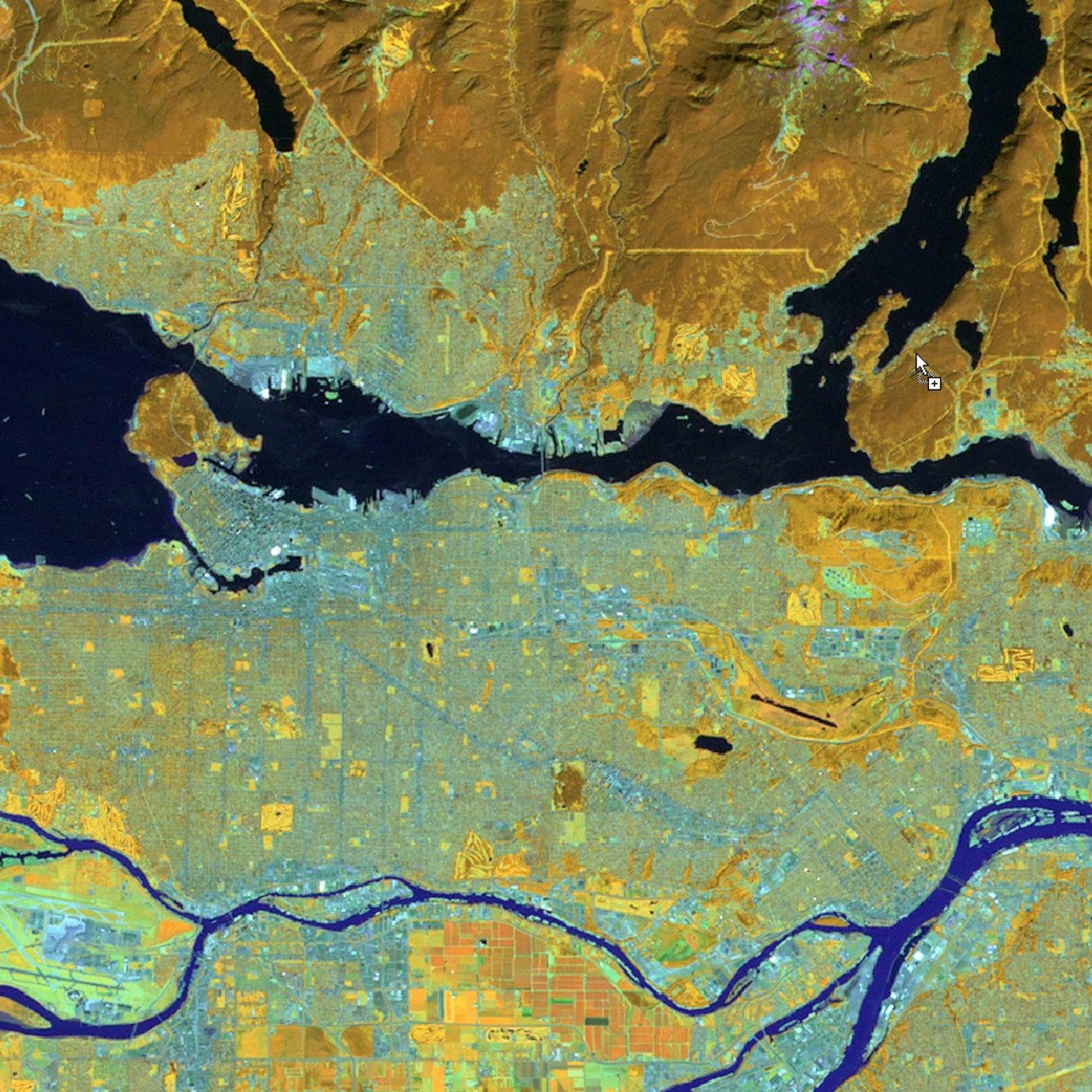
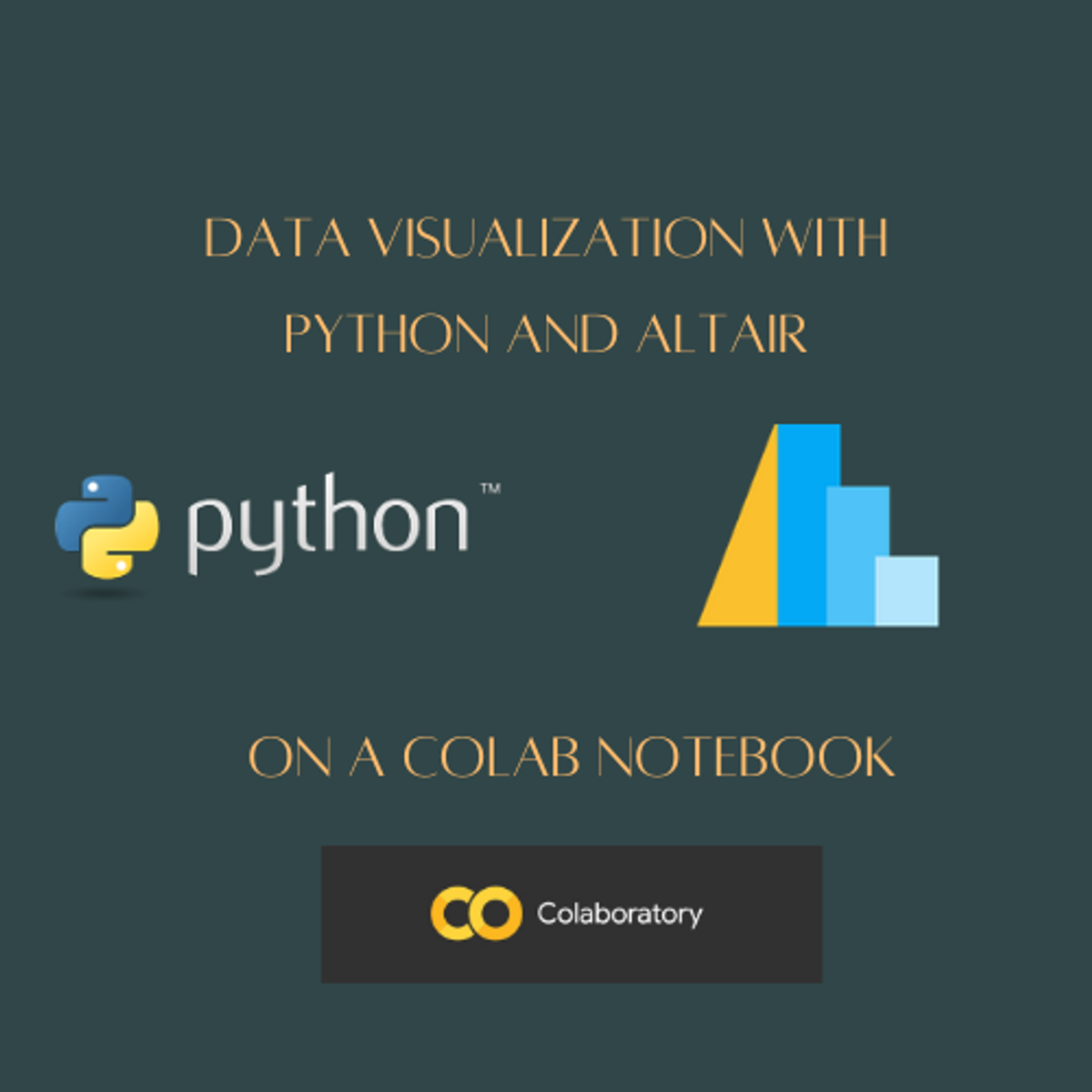
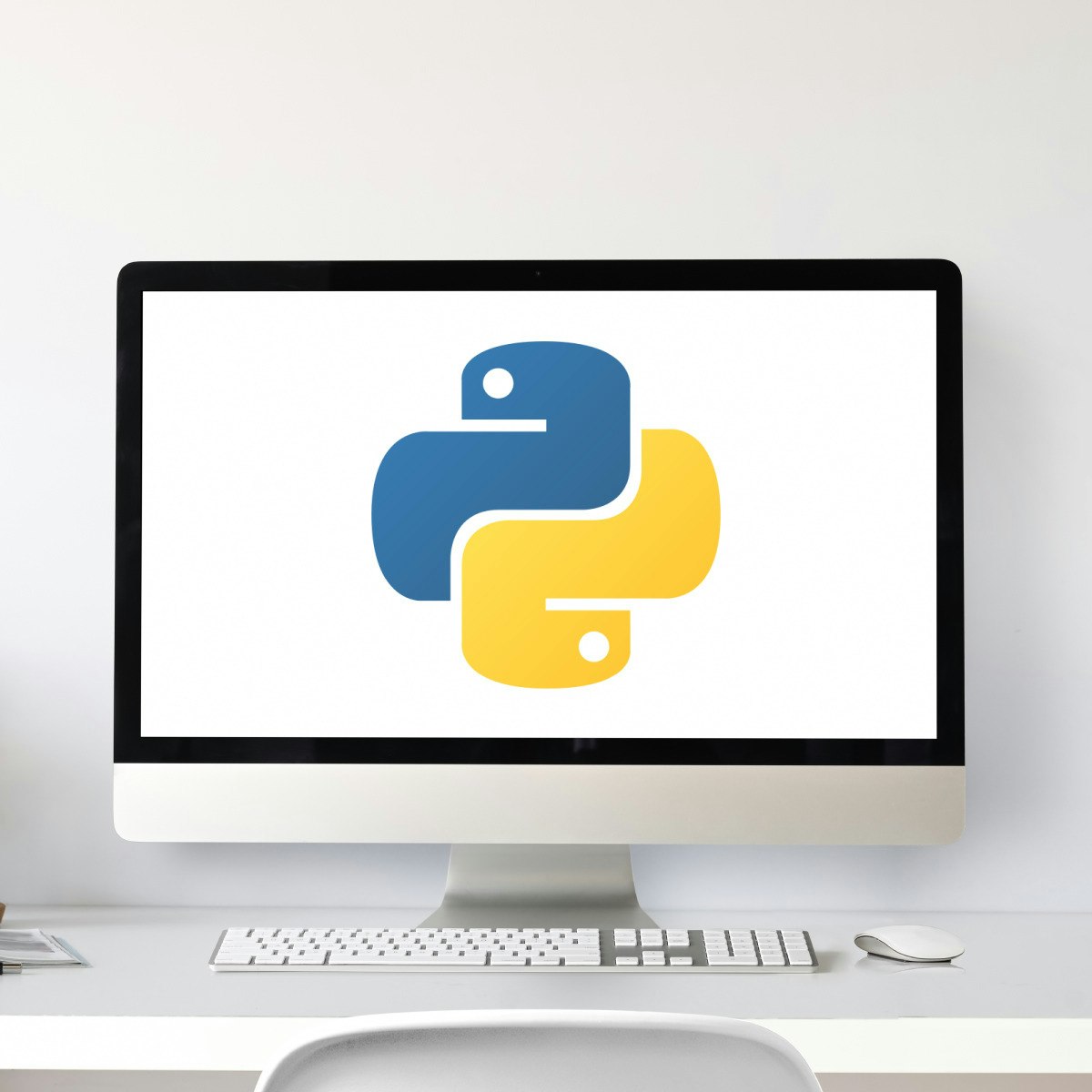

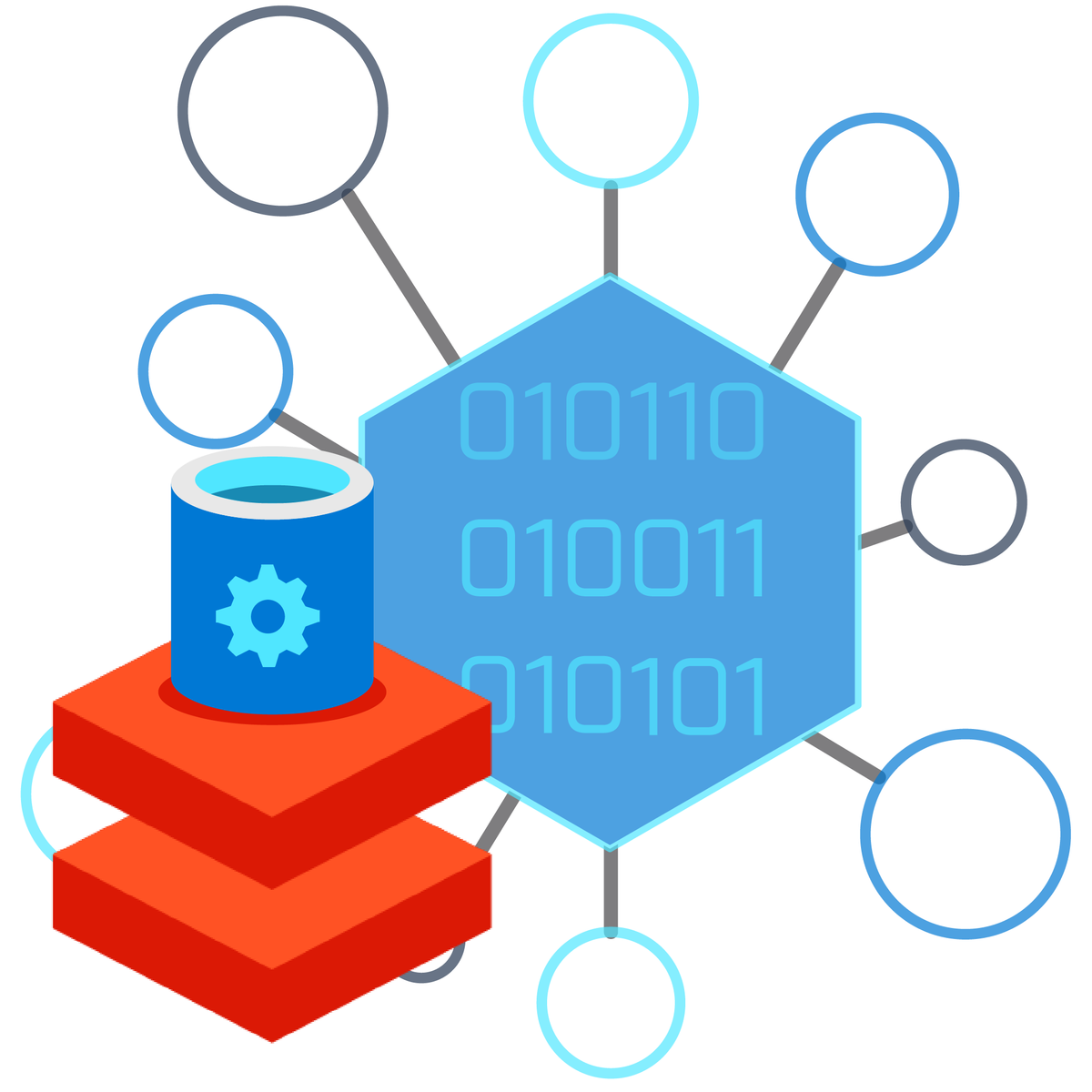
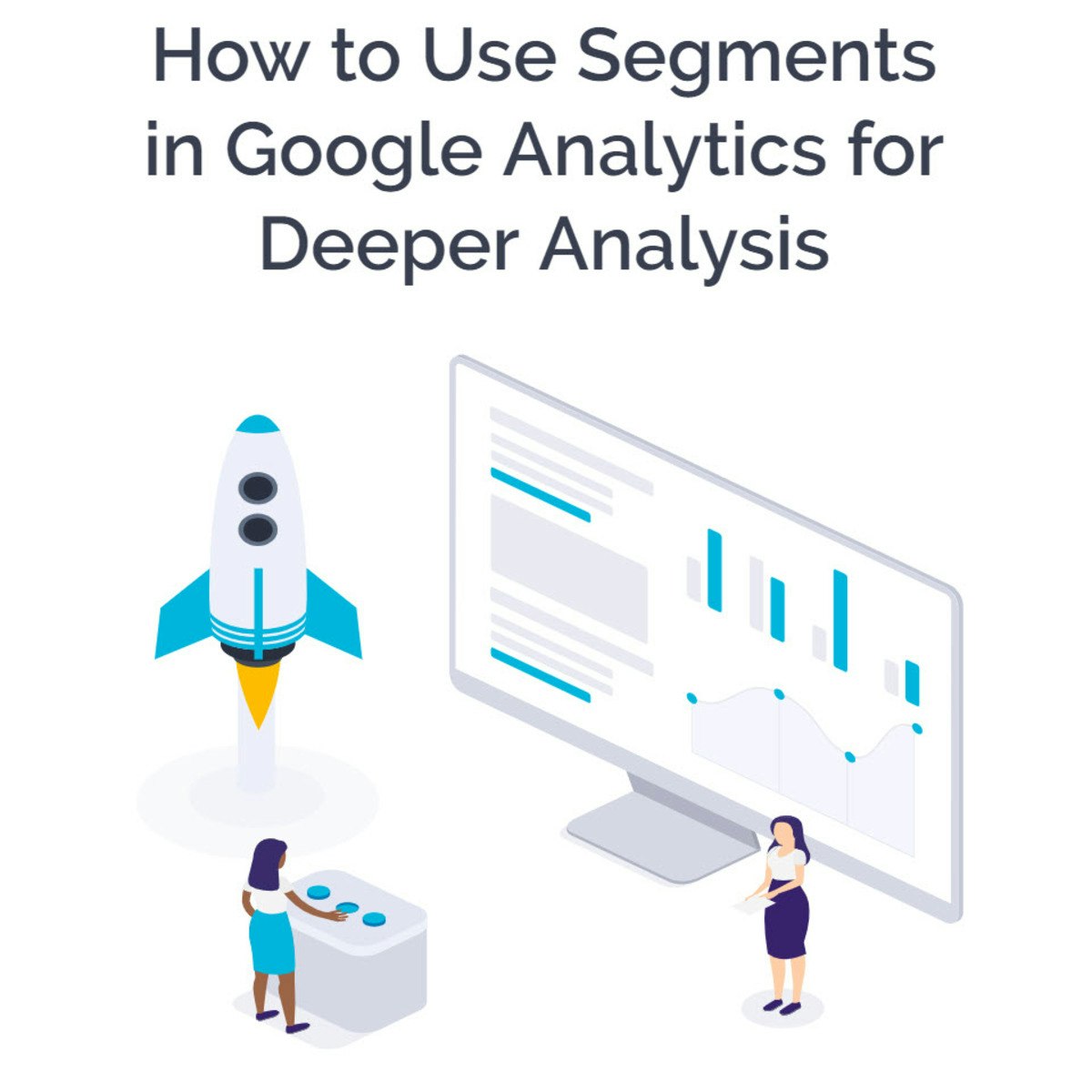
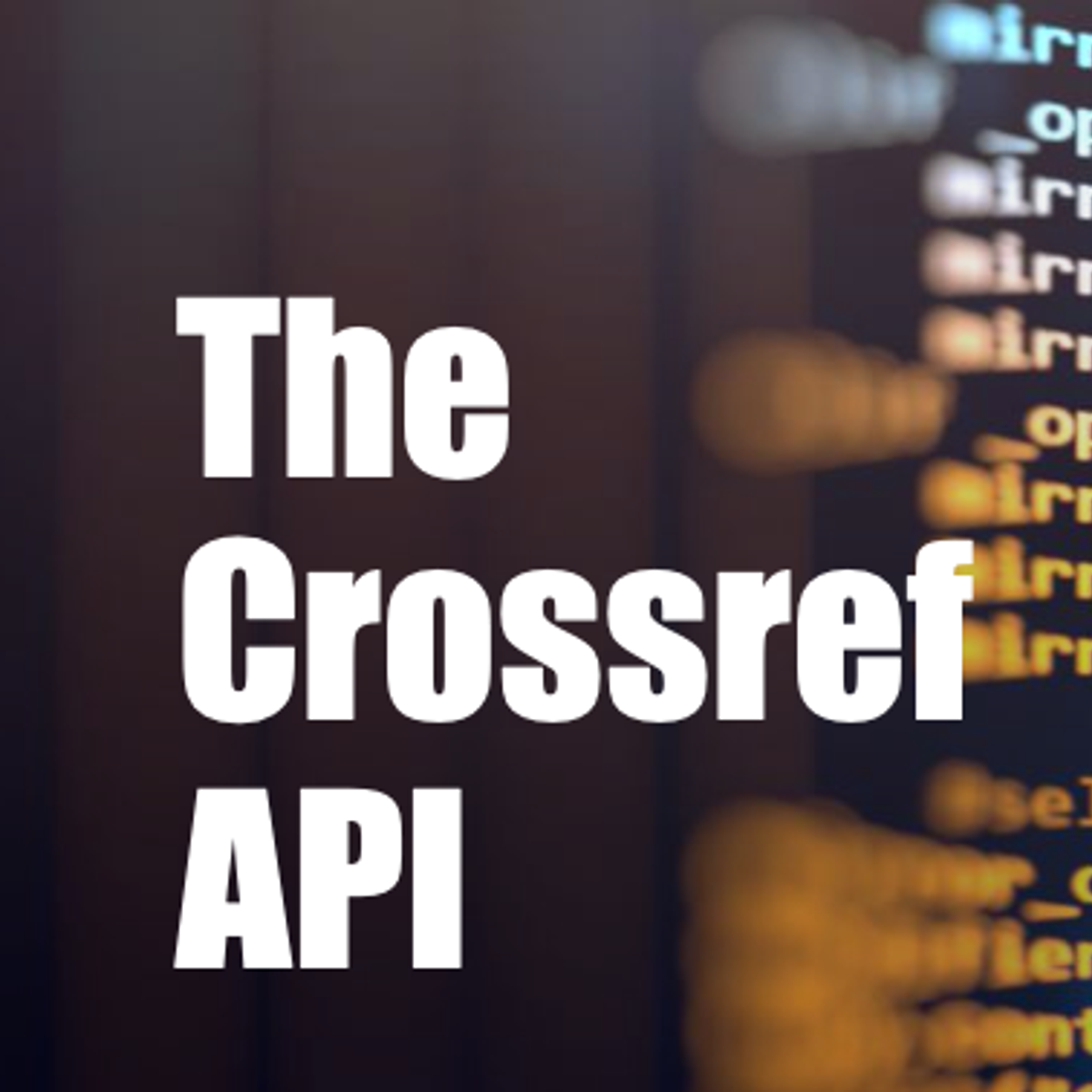
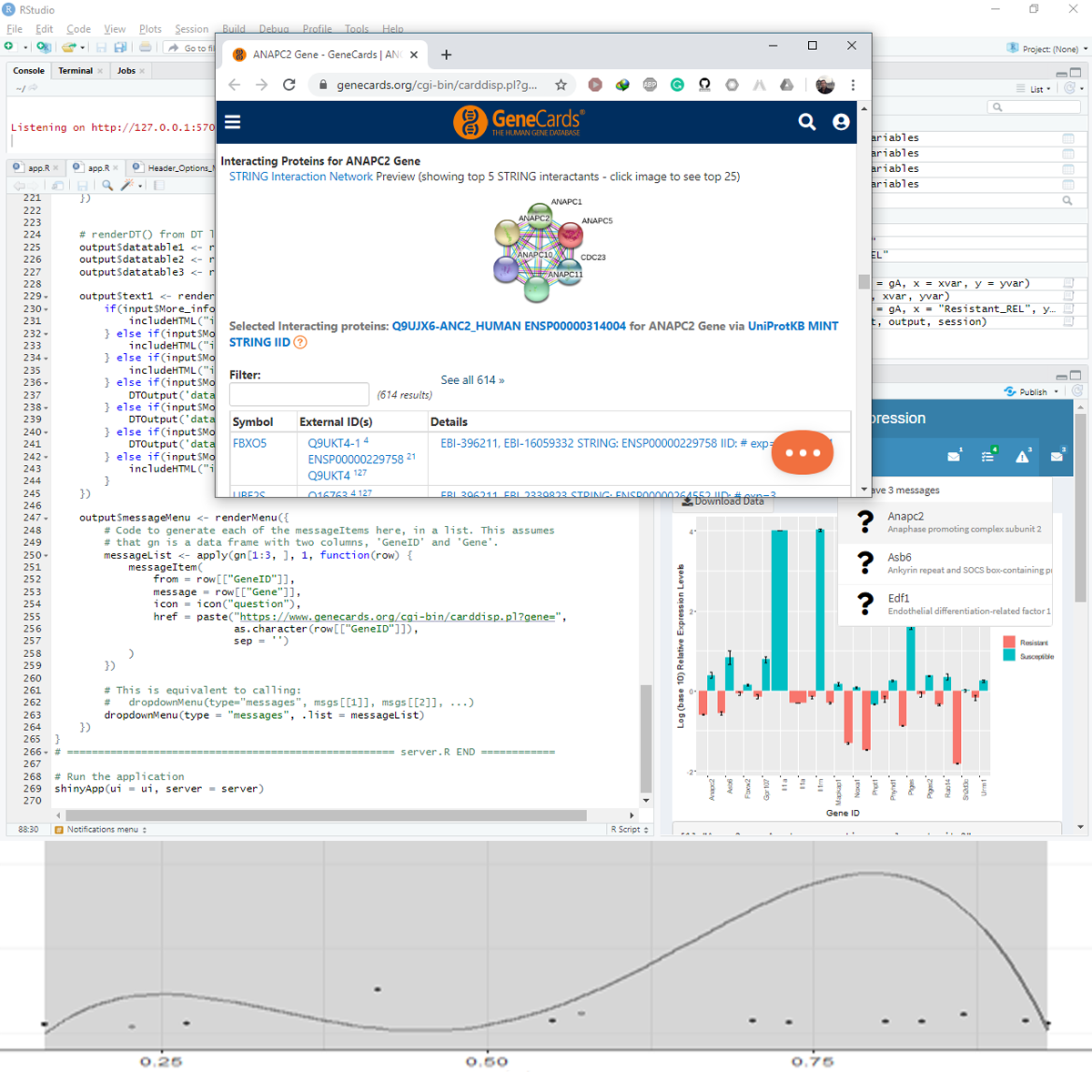

Data Analysis Courses - Page 78
Showing results 771-780 of 998

Data-driven Decision Making
Welcome to Data-driven Decision Making. In this course, you'll get an introduction to Data Analytics and its role in business decisions. You'll learn why data is important and how it has evolved. You'll be introduced to “Big Data” and how it is used. You'll also be introduced to a framework for conducting Data Analysis and what tools and techniques are commonly used. Finally, you'll have a chance to put your knowledge to work in a simulated business setting.
This course was created by PricewaterhouseCoopers LLP with an address at 300 Madison Avenue, New York, New York, 10017.

Spatial Analysis and Satellite Imagery in a GIS
In this course, you will learn how to analyze map data using different data types and methods to answer geographic questions. First, you will learn how to filter a data set using different types of queries to find just the data you need to answer a particular question. Then, we will discuss simple yet powerful analysis methods that use vector data to find spatial relationships within and between data sets. In this section, you will also learn about how to use ModelBuilder, a simple but powerful tool for building analysis flowcharts that can then also be run as models. You will then learn how to find, understand, and use remotely sensed data such as satellite imagery, as a rich source of GIS data. You will then learn how to analyze raster data. Finally, you will complete your own project where you get to try out the new skills and tools you have learned about in this course.
Note: software is not provided for this course.

Create Beautiful Data Visualizations with Python and Altair
In this Project, we would be creating some visualizations with Altair Python library and you will learn how to manipulate, interact with and save those charts.

Python for Data Science, AI & Development
Kickstart your learning of Python for data science, as well as programming in general, with this beginner-friendly introduction to Python. Python is one of the world’s most popular programming languages, and there has never been greater demand for professionals with the ability to apply Python fundamentals to drive business solutions across industries.
This course will take you from zero to programming in Python in a matter of hours—no prior programming experience necessary! You will learn Python fundamentals, including data structures and data analysis, complete hands-on exercises throughout the course modules, and create a final project to demonstrate your new skills.
By the end of this course, you’ll feel comfortable creating basic programs, working with data, and solving real-world problems in Python. You’ll gain a strong foundation for more advanced learning in the field, and develop skills to help advance your career.
This course can be applied to multiple Specialization or Professional Certificate programs. Completing this course will count towards your learning in any of the following programs:
IBM Applied AI Professional Certificate
Applied Data Science Specialization
IBM Data Science Professional Certificate
Upon completion of any of the above programs, in addition to earning a Specialization completion certificate from Coursera, you’ll also receive a digital badge from IBM recognizing your expertise in the field.

Data Science as a Field
This course provides a general introduction to the field of Data Science. It has been designed for aspiring data scientists, content experts who work with data scientists, or anyone interested in learning about what Data Science is and what it’s used for. Weekly topics include an overview of the skills needed to be a data scientist; the process and pitfalls involved in data science; and the practice of data science in the professional and academic world. This course is part of CU Boulder’s Master’s of Science in Data Science and was collaboratively designed by both academics and industry professionals to provide learners with an insider’s perspective on this exciting, evolving, and increasingly vital discipline.
Data Science as a Field can be taken for academic credit as part of CU Boulder’s Master of Science in Data Science (MS-DS) degree offered on the Coursera platform. The MS-DS is an interdisciplinary degree that brings together faculty from CU Boulder’s departments of Applied Mathematics, Computer Science, Information Science, and others. With performance-based admissions and no application process, the MS-DS is ideal for individuals with a broad range of undergraduate education and/or professional experience in computer science, information science, mathematics, and statistics. Learn more about the MS-DS program at https://www.coursera.org/degrees/master-of-science-data-science-boulder.

Microsoft Azure Databricks for Data Engineering
In this course, you will learn how to harness the power of Apache Spark and powerful clusters running on the Azure Databricks platform to run large data engineering workloads in the cloud.
You will discover the capabilities of Azure Databricks and the Apache Spark notebook for processing huge files. You will come to understand the Azure Databricks platform and identify the types of tasks well-suited for Apache Spark. You will also be introduced to the architecture of an Azure Databricks Spark Cluster and Spark Jobs. You will work with large amounts of data from multiple sources in different raw formats. you will learn how Azure Databricks supports day-to-day data-handling functions, such as reads, writes, and queries.
This course is part of a Specialization intended for Data engineers and developers who want to demonstrate their expertise in designing and implementing data solutions that use Microsoft Azure data services for anyone interested in preparing for the Exam DP-203: Data Engineering on Microsoft Azure (beta). You will take a practice exam that covers key skills measured by the certification exam.
This is the eighth course in a program of 10 courses to help prepare you to take the exam so that you can have expertise in designing and implementing data solutions that use Microsoft Azure data services. The Data Engineering on Microsoft Azure exam is an opportunity to prove knowledge expertise in integrating, transforming, and consolidating data from various structured and unstructured data systems into structures that are suitable for building analytics solutions that use Microsoft Azure data services. Each course teaches you the concepts and skills that are measured by the exam.
By the end of this Specialization, you will be ready to take and sign-up for the Exam DP-203: Data Engineering on Microsoft Azure (beta).

Analyze Website Visitors with Google Analytics Segments
In this project you will learn how to use segments in Google Analytics and how they provide a deeper analysis of your website visitors. You will learn how to set up and use segments. You will learn about system segments and custom segments. You will also learn how to import segments. You will understand how using segments helps you make better decisions when it comes to increasing and converting your website traffic.
Note: This course works best for learners who are based in the North America region. We’re currently working on providing the same experience in other regions.

Finding bibliography metrics using the Crossref API
Manually searching specific metadata for an academic paper is laborious. Is there any magic that we can get all metadata for the bibliography search done at once? Crossref is the tool for you. It can extract the metadata for tens of thousands of papers online in one run.
By the end of this project, learners will be able to create their own tailored R function to find paper metrics from the Crossref API. The function, which will be guided to build step by step, can easily be re-used when there are newly added articles or if the learners want to get the most up-to-date metrics. In this guided project, the instructor will walk learners through understanding the Crossref API, tailoring an R function, and wrangling the bibliography dataset. A good handle of this method will make it convenient for learners to analyze different metrics for bibliography from different fields, such as impact and number of collaborators.

Using Shiny to Plot Differential Gene Expression
In this project-based course, you will create a Shiny app to plot gene expression data (Real-Time PCR) from a published manuscript. You will build the Shiny app from scratch and handle every component of Shiny. The project covers data processing and collecting feedback from the user to build and finetune the output.
In this course, we will be concerned with the optimal use of inputs and outputs. Instead of building a lot of inputs and outputs, we will use a limited number of components and recycle some even seven times for different purposes.

Draw Insights with Crosstabs Reports in Google Sheets
Crosstabs reports present select slices of data in a matrix format making it easier to visualize patterns and explore similarities and differences between categories or variables. In this course, we’ll explore the pivot-table tactics applied in Google Sheets to create crosstabs reports, conduct a preliminary—exploratory—analysis of the data within the report, and learn how visually presenting data in a crosstabs report can aid the user in their discovery of insights that tell the data’s story. By the end of this course, you will be able to apply pivot table tactics to create crosstabs reports and share data in your business’s domain.
Note: This course works best for learners who are based in the North America region. We’re currently working on providing the same experience in other regions.
Popular Internships and Jobs by Categories
Browse
© 2024 BoostGrad | All rights reserved


